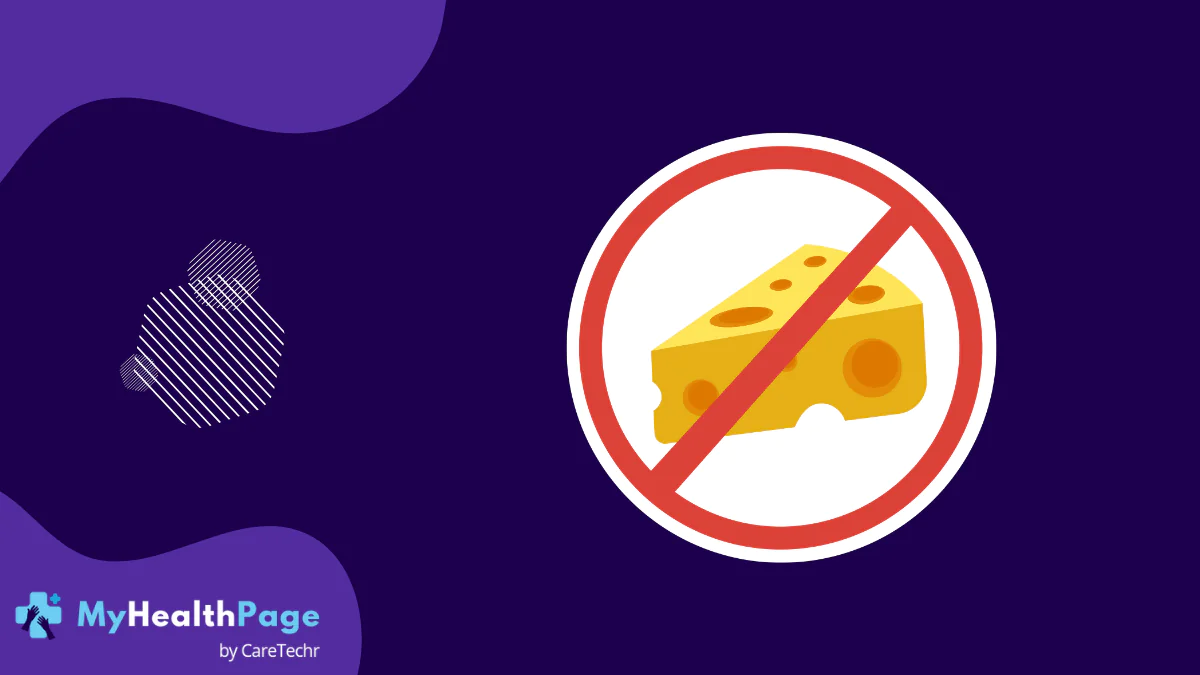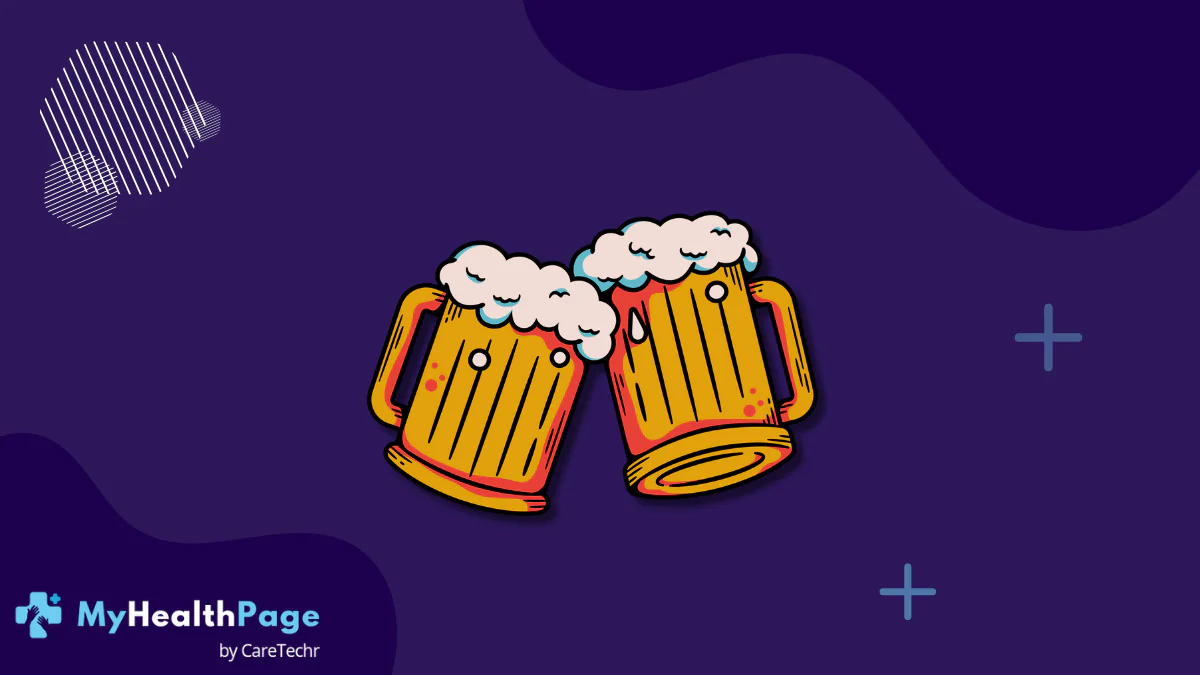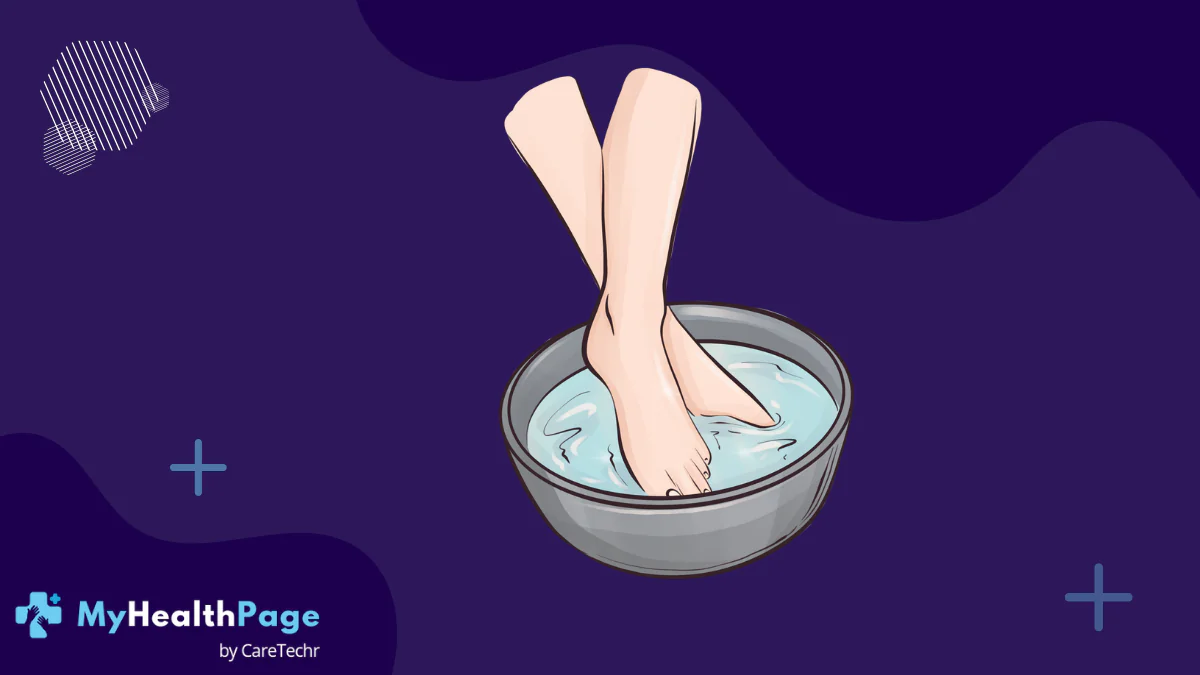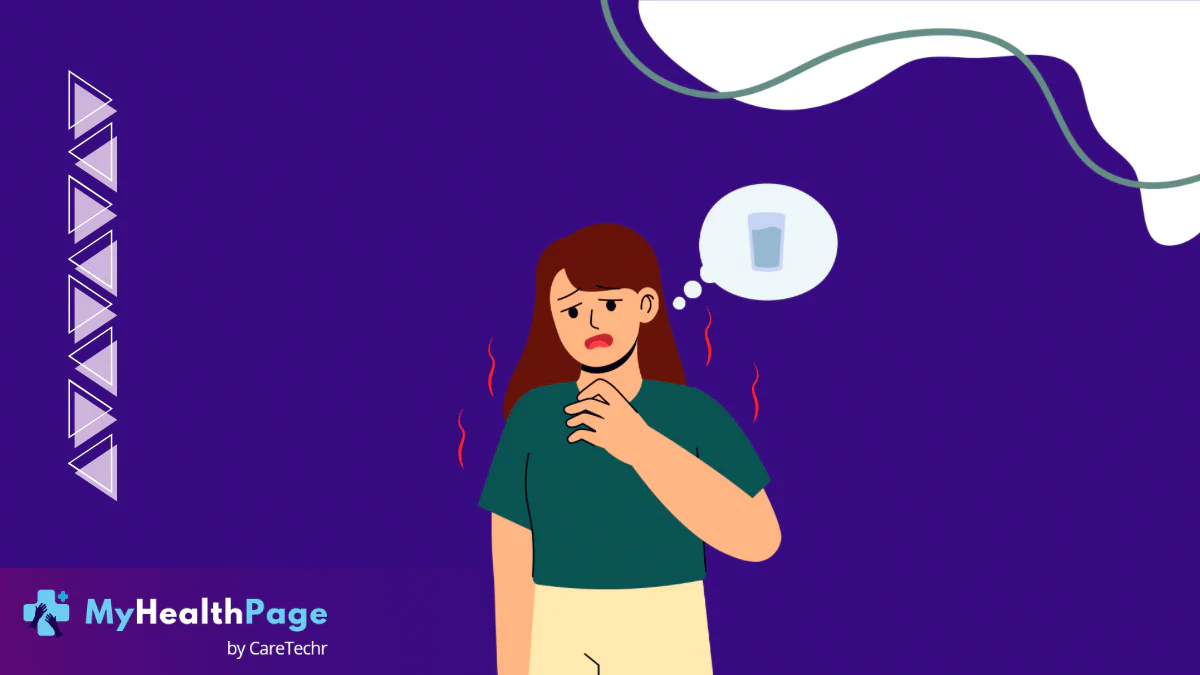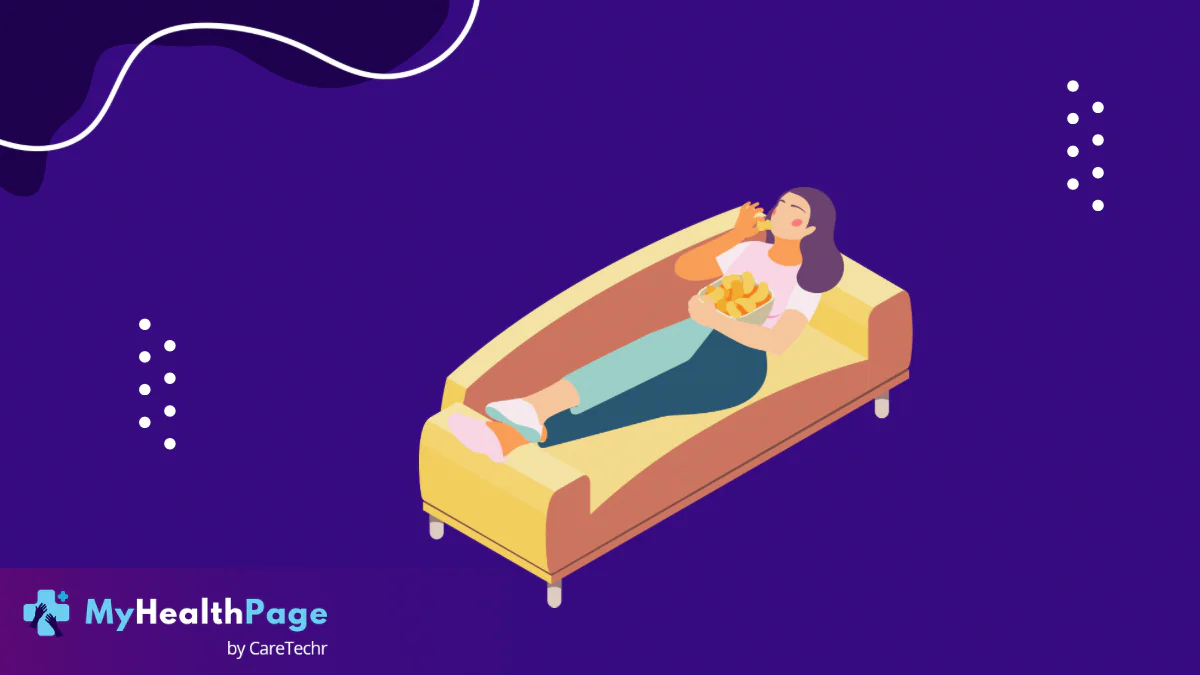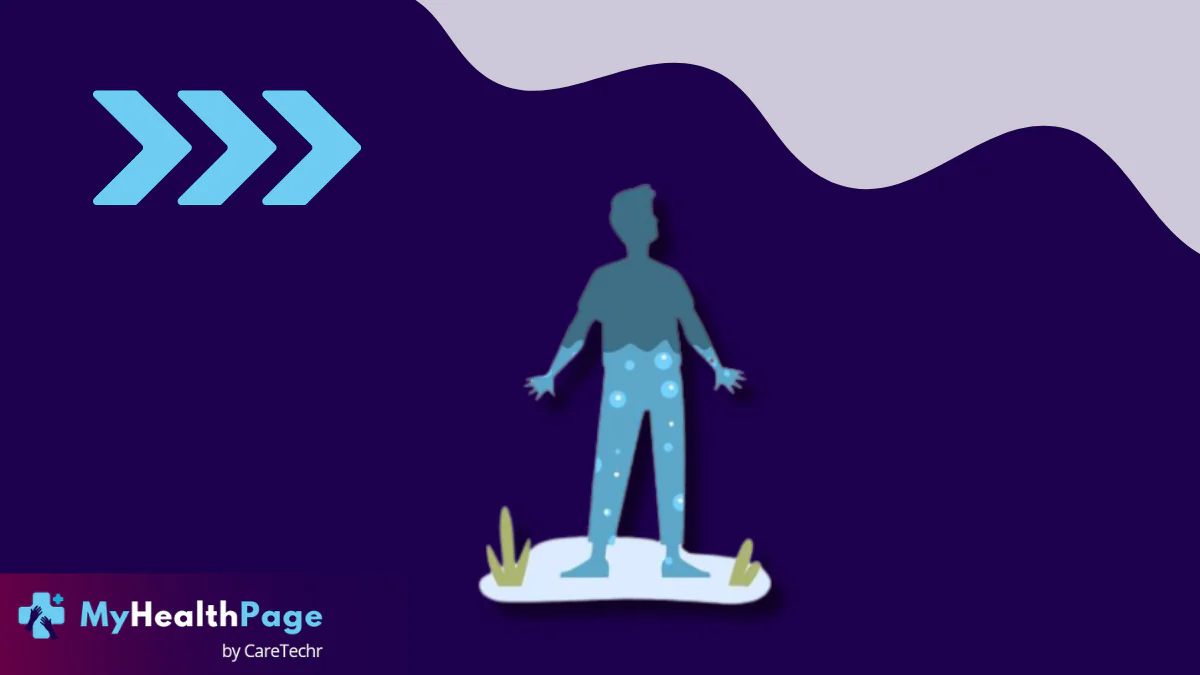Sciatica, characterized by pain radiating along the sciatic nerve, can range from a mild discomfort to debilitating pain. The sciatic nerve, which runs from the lower back through the hips, buttocks, and down each leg, can become compressed or irritated due to various factors. One of the most significant aggravators of sciatica pain is prolonged sitting.
In today’s sedentary lifestyle, many people spend hours sitting at desks, in cars, or on couches. While sitting itself isn’t harmful, extended periods of inactivity can worsen sciatica symptoms, making the pain more persistent and harder to manage. This article delves into the relationship between prolonged sitting and sciatica pain, how it affects the body, and actionable steps to alleviate discomfort.
Understanding Sciatica and Its Causes
Sciatica occurs when the sciatic nerve becomes compressed, inflamed, or irritated. The condition often stems from underlying issues in the lower spine, including:
1. Herniated or Bulging Discs
A herniated disc can press on the sciatic nerve, causing pain, tingling, or numbness that radiates down the leg.
2. Spinal Stenosis
Narrowing of the spinal canal can compress the nerves, including the sciatic nerve, leading to pain and mobility issues.
3. Piriformis Syndrome
The piriformis muscle, located in the buttocks, can spasm or tighten, putting pressure on the sciatic nerve.
4. Degenerative Disc Disease
Wear and tear on the spinal discs over time can irritate the sciatic nerve, contributing to chronic pain.
5. Sedentary Lifestyle
Prolonged sitting without proper posture or movement can exacerbate sciatic nerve compression, intensifying symptoms.
How Prolonged Sitting Exacerbates Sciatica Pain
1. Increased Pressure on the Lower Back
Sitting for long periods puts significant pressure on the lumbar spine. This pressure can compress the spinal discs and pinch the sciatic nerve, worsening pain.
2. Muscle Tightness and Weakness
Extended sitting can lead to tight hip flexors and hamstrings while weakening the gluteal and core muscles. These imbalances can strain the lower back and increase sciatic nerve irritation.
3. Reduced Blood Flow
Prolonged inactivity reduces blood circulation to the lower back and legs, depriving the sciatic nerve of essential nutrients and oxygen needed for healing and proper function.
4. Poor Posture
Slouching, leaning forward, or sitting with crossed legs can misalign the spine and pelvis, adding pressure to the sciatic nerve.
5. Compression from Sitting Surfaces
Hard or poorly cushioned chairs can directly compress the buttocks and the path of the sciatic nerve, increasing discomfort.
Signs and Symptoms of Sitting-Induced Sciatica Pain
If prolonged sitting worsens your sciatica, you may notice the following symptoms:
- A sharp or burning pain radiating from the lower back to the legs.
- Tingling or numbness in the buttocks, thighs, or calves.
- Weakness in the legs or difficulty standing up.
- Increased pain when transitioning from sitting to standing.
Tips to Manage Sciatica Pain Caused by Prolonged Sitting
1. Maintain Proper Posture
- Sit with your back straight, shoulders relaxed, and feet flat on the floor.
- Use a chair that supports the natural curve of your lower back. Consider adding a lumbar roll for extra support.
2. Take Regular Breaks
- Stand up and move around every 30–60 minutes. Short walks or stretches can relieve pressure on the sciatic nerve and improve blood circulation.
3. Use Ergonomic Furniture
- Invest in an ergonomic office chair or standing desk to reduce strain on your spine and promote better posture.
- Ensure your workstation is set up so your computer screen is at eye level and your arms rest comfortably at a 90-degree angle.
4. Stretch and Strengthen Key Muscles
Regular stretching and strengthening exercises can alleviate sciatica pain and prevent future flare-ups:
- Piriformis Stretch: Loosens the piriformis muscle, reducing pressure on the sciatic nerve.
- Hamstring Stretch: Eases tightness in the back of the thigh.
- Core Exercises: Strengthens abdominal and lower back muscles for better spinal support.
- Hip Flexor Stretches: Relieves tension in the front of the hips.
5. Apply Heat or Ice Therapy
- Use a heating pad to relax tight muscles or an ice pack to reduce inflammation after prolonged sitting.
6. Adjust Your Sitting Surface
- Opt for cushioned seating or use a seat cushion designed to reduce pressure on the sciatic nerve.
- Avoid sitting on hard surfaces or chairs that tilt your pelvis forward.
Exercises to Alleviate Sciatica Pain
Incorporating movement into your day is critical for managing sciatica. Here are simple exercises you can do at home or work:
1. Seated Spinal Twist
- Sit with both feet flat on the floor.
- Twist your upper body to one side while keeping your lower body stable.
- Hold for 10–15 seconds, then switch sides.
2. Cat-Cow Stretch
- Start on all fours with your hands under your shoulders and knees under your hips.
- Alternate between arching your back (Cow) and rounding it (Cat) to mobilize the spine and reduce tension.
3. Standing Forward Bend
- Stand with feet hip-width apart and slowly bend forward, reaching toward your toes.
- This stretches the hamstrings and lower back.
4. Glute Bridge
- Lie on your back with knees bent and feet flat on the floor.
- Lift your hips toward the ceiling, hold for a few seconds, then lower back down.
- Strengthens the glutes and core to support the lower back.
When to Seek Professional Help
If your sciatica pain persists despite self-care measures or worsens significantly, consult a healthcare provider. You may need:
- Physical Therapy: Targeted exercises to improve flexibility, strength, and posture.
- Chiropractic Care: Spinal adjustments to alleviate nerve pressure.
- Pain Management: Medications or injections for severe cases.
- Surgical Intervention: Rarely, surgery may be necessary for conditions like herniated discs that don’t respond to conservative treatments.
Preventing Sciatica Flare-Ups from Sitting
1. Stay Active
Regular physical activity, such as walking, swimming, or yoga, keeps muscles flexible and supports spinal health.
2. Maintain a Healthy Weight
Excess weight places additional strain on the spine and sciatic nerve. A balanced diet and exercise can help.
3. Avoid Sitting for Long Periods
Set timers to remind yourself to stand, stretch, or take a brief walk throughout the day.
4. Wear Supportive Footwear
Shoes with good arch support reduce strain on the lower back and hips.
5. Listen to Your Body
If sitting causes discomfort, adjust your position or take breaks to avoid aggravating the sciatic nerve.
FAQs About Sitting and Sciatica Pain
1. Can prolonged sitting cause sciatica?
While sitting alone doesn’t cause sciatica, prolonged sitting can worsen symptoms or contribute to nerve compression.
2. How long should I sit with sciatica?
Limit sitting to 30–60 minutes at a time, followed by breaks to stand and stretch.
3. Can I exercise with sciatica pain?
Yes, gentle exercises and stretches can reduce tension and improve flexibility, alleviating sciatica pain.
4. Is standing better than sitting for sciatica?
Standing can reduce pressure on the sciatic nerve, but prolonged standing without movement can also cause discomfort. Alternate between sitting and standing.
5. Should I see a doctor for sitting-related sciatica pain?
Consult a doctor if pain persists, worsens, or interferes with daily activities.
Conclusion
Prolonged sitting is a significant contributor to sciatica pain, exacerbating nerve compression and inflammation. By maintaining proper posture, taking regular breaks, and incorporating stretches and strengthening exercises, you can alleviate discomfort and prevent future flare-ups.
Read Also: A Sedentary Lifestyle Can Contribute to Varicose Veins
Medical Disclaimer: This article is for informational purposes only and is not a substitute for professional medical advice. Always consult with a healthcare provider for personalized recommendations.



